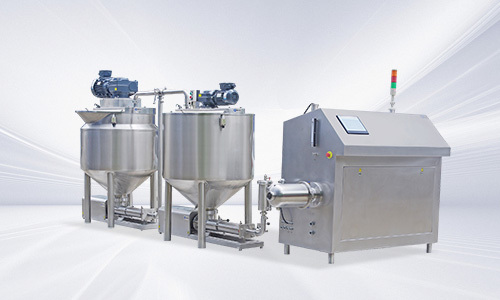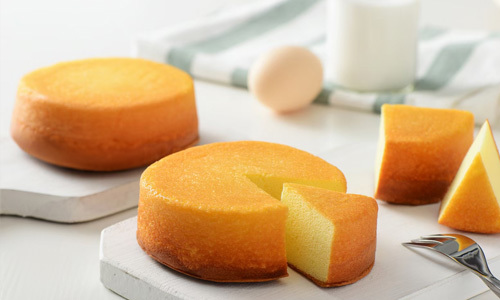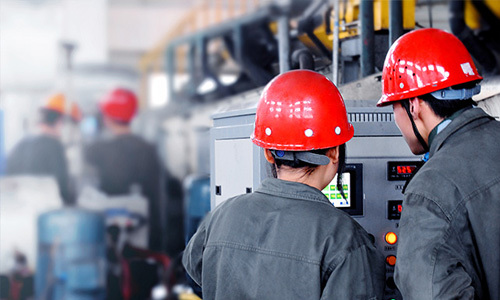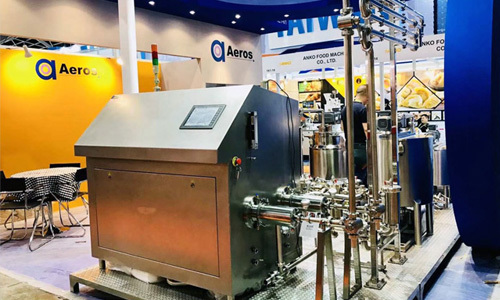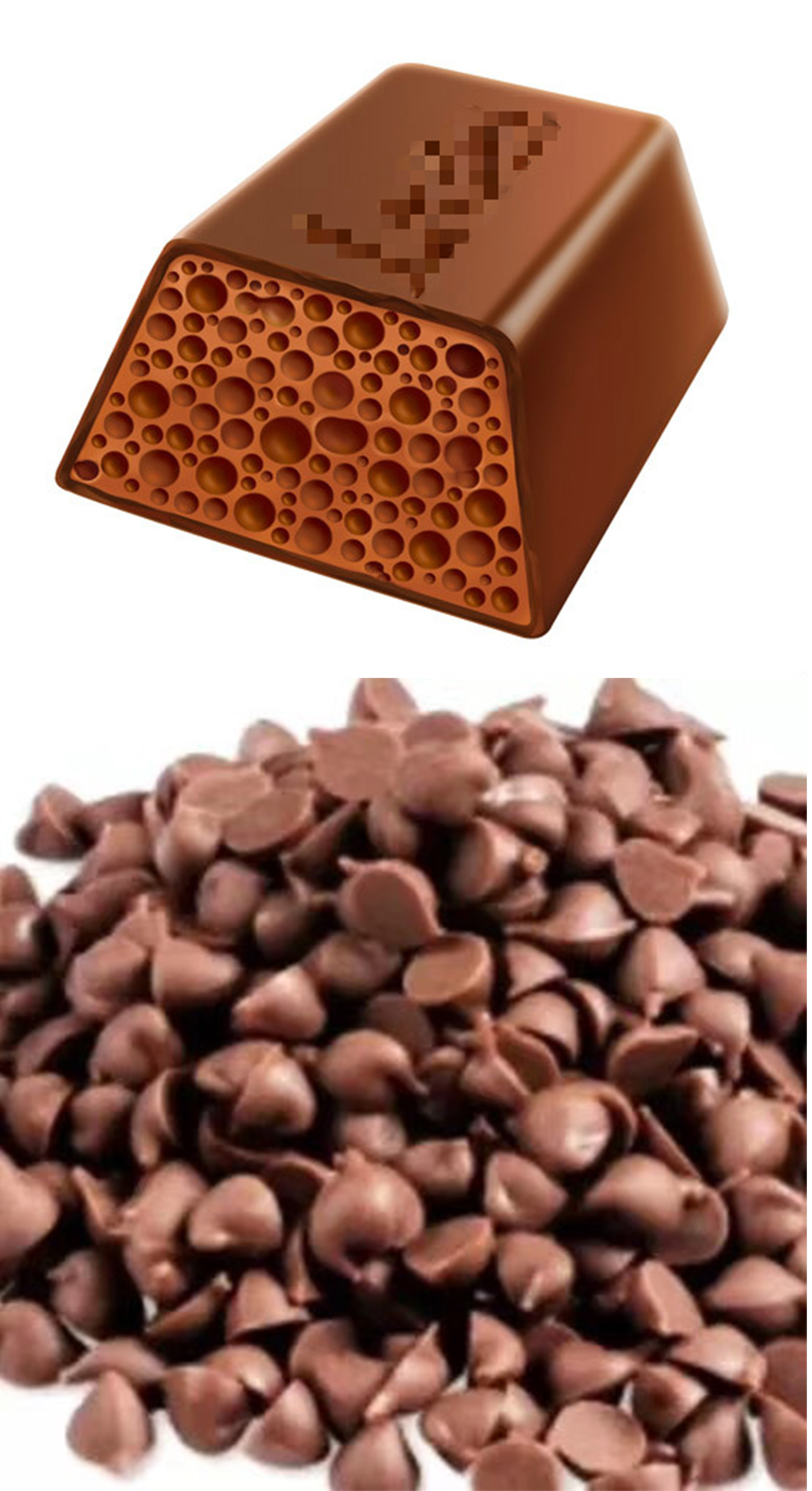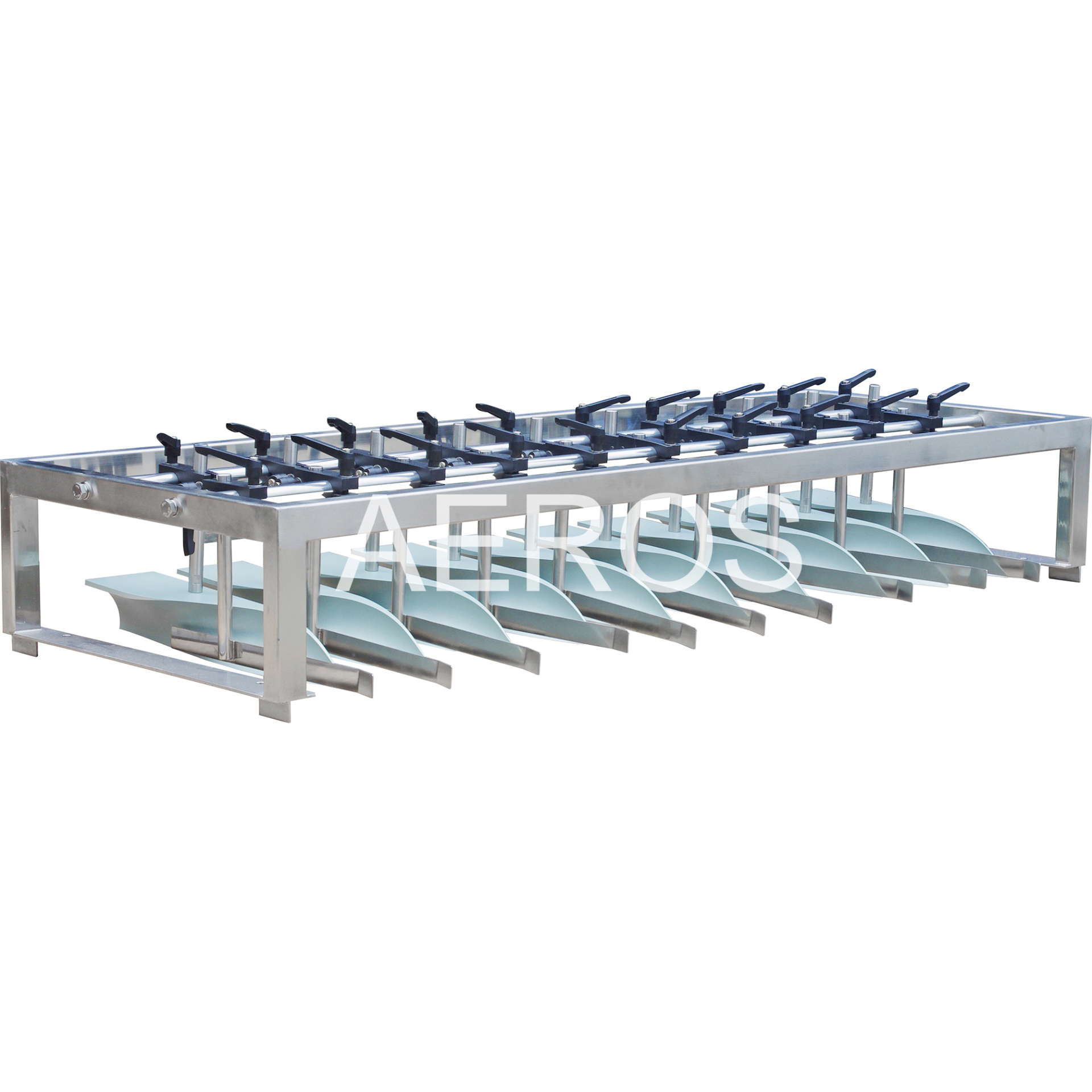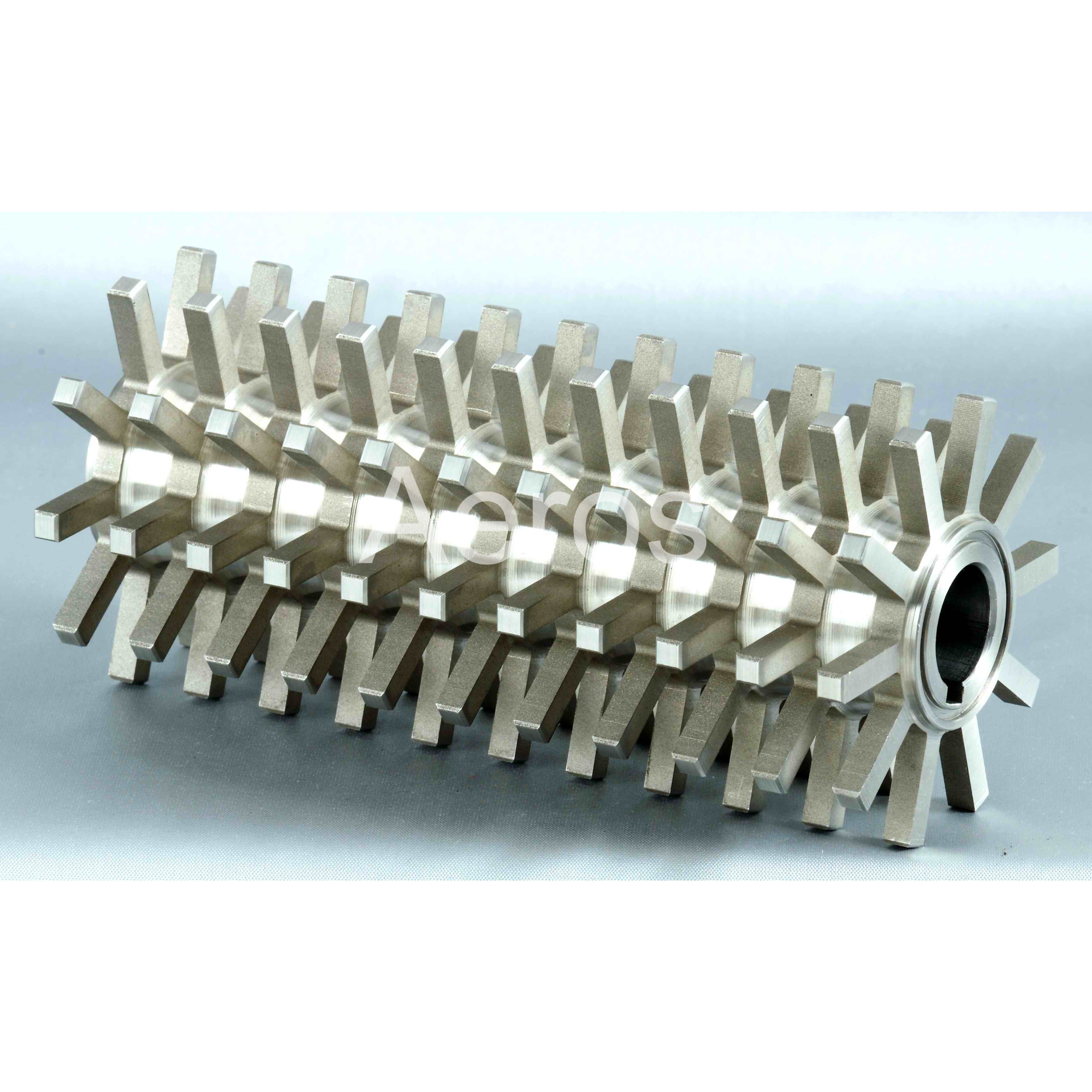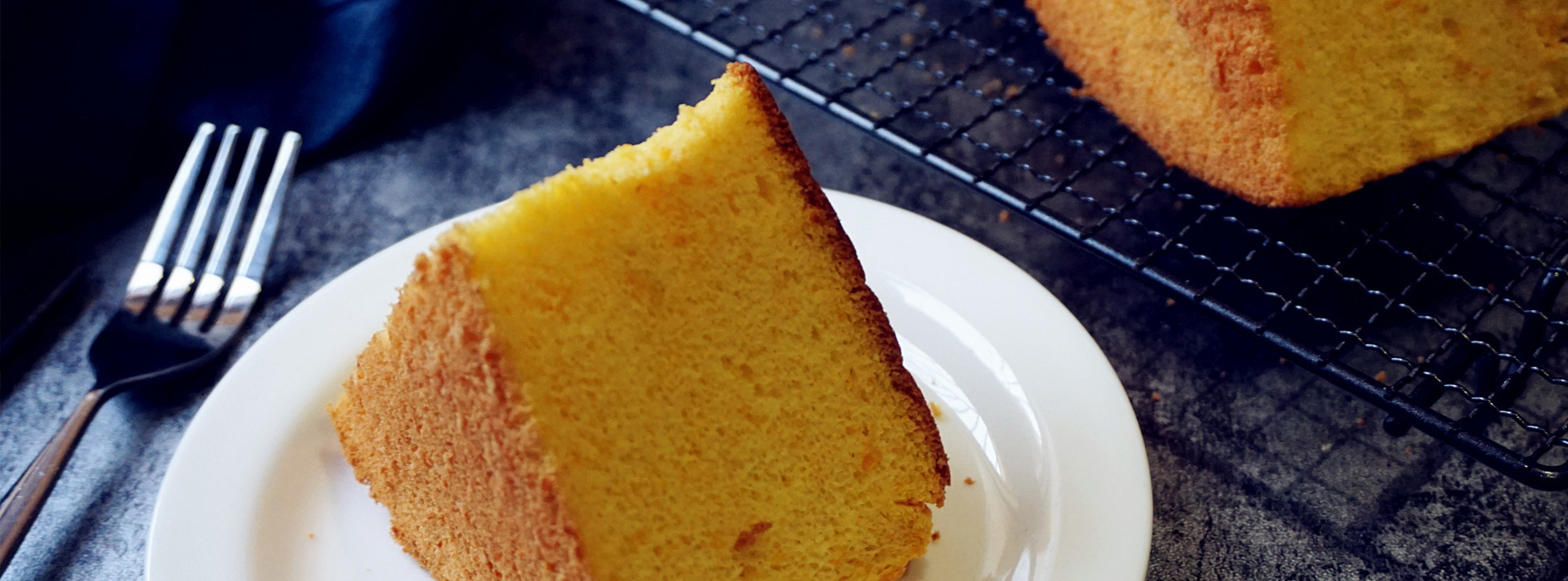The Secrets Behind Famous Cake Production: Techniques That Make a Difference

2025/07/24
The Secrets Behind Famous Cake Production: Techniques That Make a Difference
Table of Contents
- Introduction to Cake Production
- The Importance of Quality Ingredients
- Baking Process Fundamentals
- Advanced Baking Techniques
- The Role of Food Processing Machinery
- How to Create a Consistent Cake Production Line
- Common Challenges in Cake Production
- Sustainability in Cake Production
- Conclusion
- FAQs about Cake Production
Introduction to Cake Production
The world of **cake production** is a fascinating blend of artistry, science, and technology. From the moment ingredients are measured to when the final product is displayed, each step plays a crucial role in determining the texture, flavor, and appearance of the cake. Understanding the secrets behind this process not only enhances the quality but also elevates the entire baking experience for both producers and consumers alike.
The Importance of Quality Ingredients
When it comes to cake production, the age-old saying, "You are what you eat," rings true. **Quality ingredients** are the foundation of a superior cake. Here’s why each component matters:
Flour: The Backbone of Cake Structure
Flour type greatly influences the cake's texture. For instance, cake flour, which has a lower protein content, creates a softer crumb. In contrast, all-purpose flour can yield a denser cake. Choosing the right flour is essential for achieving the desired cake structure.
Sugars: Sweetness and Moisture
Granulated sugar, brown sugar, and powdered sugar each bring different qualities to cake production. Brown sugar adds moisture and a caramel flavor, while granulated sugar provides sweetness and stability. Understanding the nuances of each sugar type is vital for recipe development.
Fats: Enhancing Flavor and Texture
Fats, such as butter, oil, or shortening, play a critical role in cake texture. Butter contributes to a rich flavor and tender crumb, while oil can create a moist cake. Knowing how to balance these fats is key to achieving a delicious final product.
Eggs: Binding and Leavening Agents
Eggs serve multiple purposes in cake production. They act as binders, provide structure, and contribute to leavening. The number of eggs used can dramatically alter the cake's density and moisture level, making their selection a significant factor in cake formulation.
Baking Process Fundamentals
The **baking process** is where the magic truly happens. Each step contributes to the cake's final form.
Mixing Techniques: Creaming and Folding
**Mixing techniques** influence the texture of the cake. The creaming method, where fat and sugar are beaten together, incorporates air and results in a lighter cake. Conversely, the folding technique helps retain air in batter, crucial for airy cakes like soufflés.
Baking Temperature and Time
Understanding the right temperature and baking time is essential. An oven that's too hot can cause cakes to rise too quickly and then collapse, while a cooler oven may result in a dense product. Temperature consistency is critical for successful baking.
Cooling and Storage
Once baked, cooling has to be handled with care. Rapid cooling can cause cakes to shrink, while proper storage prevents them from drying out. Techniques such as wrapping cakes in plastic wrap while still warm can help maintain moisture levels.
Advanced Baking Techniques
For those looking to elevate their cake production, advanced techniques can make all the difference.
Layering and Stacking Cakes
**Layering** involves assembling multiple cake layers with fillings in between. This technique not only adds visual appeal but also enhances flavor. Proper tools and techniques, such as using cake boards and dowels, ensure stability.
Decorating with Precision
Decorating a cake is an art form in itself. Techniques like fondant covering, piping, and airbrushing can take a cake from simple to spectacular. Mastering these techniques requires practice, but the results are often worth the effort.
Flavor Infusions
Incorporating unique flavors, such as spices, extracts, or citrus zests, can distinguish cakes in a crowded market. Experimenting with flavor pairings, like chocolate and chili or lemon and lavender, can create signature cakes that stand out.
The Role of Food Processing Machinery
In today’s cake production landscape, **food processing machinery** plays an indispensable role in achieving efficiency and consistency.
Mixers and Blenders
Industrial mixers and blenders allow for large-scale mixing with precision. The use of high-speed mixers versus planetary mixers can yield different results in dough texture, impacting the final product significantly.
Ovens and Baking Equipment
Commercial ovens are designed for uniform heat distribution, ensuring that cakes bake evenly. Understanding the different types of ovens, like convection versus traditional, can help bakers choose the right equipment for their needs.
Cooling Racks and Packaging Machines
Efficient cooling racks allow for quick cooling without compromising cake integrity. Moreover, automated packaging machines help maintain freshness and streamline the distribution process, which is crucial for commercial cake producers.
How to Create a Consistent Cake Production Line
Establishing a **consistent cake production line** is vital for any bakery aiming for success.
Streamlining the Workflow
A well-structured workflow minimizes waste and maximizes productivity. From ingredient storage to final packaging, each step must be carefully planned and executed.
Training Staff
Skilled staff are essential for maintaining quality. Regular training sessions can ensure that all team members are familiar with the techniques and equipment used in cake production.
Quality Control Measures
Implementing quality control checks at various stages of production helps catch potential issues early. This could involve taste testing, measuring cake dimensions, and ensuring the final product meets established standards.
Common Challenges in Cake Production
Every cake producer faces challenges that can affect quality and efficiency.
Ingredient Sourcing and Consistency
Inconsistency in quality or supply of ingredients can lead to varied outcomes. Establishing relationships with reliable suppliers ensures that high-quality ingredients are consistently available.
Equipment Malfunctions
Breakdowns in machinery can halt production and lead to delays. Regular maintenance and having backup equipment can help mitigate this risk.
Seasonal Changes and Their Impact
Seasonal variations in humidity and temperature can impact baking times and ingredient consistency. Adapting recipes and techniques based on environmental conditions is crucial for maintaining cake quality throughout the year.
Sustainability in Cake Production
With growing awareness around environmental issues, sustainable practices in cake production are increasingly vital.
Using Local Ingredients
Sourcing ingredients locally not only supports the community but also reduces transportation emissions. It can also enhance the freshness and flavor of cakes.
Waste Management Practices
Implementing waste reduction strategies, such as reusing by-products in other recipes or composting, contributes to a more sustainable production process.
Energy Efficiency in Production
Investing in energy-efficient equipment can lower costs and reduce the environmental footprint. Techniques like batch baking can also streamline processes and minimize energy use.
Conclusion
The journey of cake production is not just about mixing ingredients and baking; it is a complex interplay of science, techniques, and technology. By understanding the nuances of ingredient selection, advanced baking methods, and the role of machinery, producers can create cakes that not only satisfy taste preferences but also stand out in a competitive market. Embracing sustainability and consistent quality practices will further enhance the reputation and success of cake producers in today's evolving food landscape.
FAQs about Cake Production
1. What types of flour are best for cake baking?
**Cake flour** is ideal for soft, tender cakes, while **all-purpose flour** can be used for denser cakes. Specialty flours like almond flour can also be used for gluten-free options.
2. How can I make my cakes more moist?
Adding fats like oil, using brown sugar, and ensuring not to overbake can improve moisture levels in cakes.
3. What is the best way to cool a cake?
Allow cakes to cool in the pan for a short time before transferring them to a cooling rack to prevent sogginess and maintain their structure.
4. How can I achieve even baking results?
Using a convection oven can create a more uniform baking environment. Additionally, rotating the cake during baking can help achieve even results.
5. What are some common mistakes to avoid in cake production?
Avoid overmixing the batter, neglecting ingredient temperatures, and skipping quality checks, as these can lead to undesired results in the final product.
famous Cake production
Previous Page


